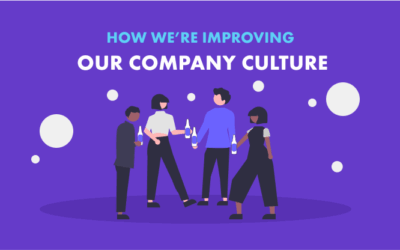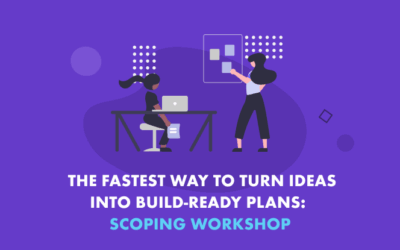It was 2011. The startup fever was raging and we caught it . We caught it really bad. We were full of ideas and could see no reason why we couldn’t become the next Facebook or Twitter. So we rolled out Mixgar, a social jukebox application and jumped headfirst into entrepreneur life. We joined competitions across Europe, received feedback that made us blush with pride, and got an ambitious CEO and an angel investor on board. Even Techcrunch wrote about our product. Sounds like a fairytale? Not quite. Months passed and we still didn’t make any money on that – not what you’d expect from an award-winning startup! And then it all went downhill pretty fast.
Our story is anything but unusual. Even the biggest names in business have had their fair share of bloopers from Samsung’s embarrassing Galaxy Note 7 flameout to Frito-Lay’s Cheetos-flavoured lip balm blunder. According to Harvard Business School professor Clayton Christensen, more than 30,000 new consumer products are launched every year and a shocking 95% of them flop. The US Department of Commerce reports a 90% failure rate, Nielsen puts it at 80-85%. But whatever the exact rate, all these numbers are high enough to set alarm bells ringing.
Why don’t so many new products catch on with customers? Here are 3+1 lessons about launching a product that we learnt the hard way.
1. What’s the problem?
Or rather, is there one? Let’s face it, it’s all too easy to fall head over heels in love with an idea . But looking for a problem that matches your ready-made solution is rarely, if ever, a good starting point. And to add insult to injury, the solution bias hinders experimentation and can make the innovator blind to risks, flaws and unintended consequences. It’s better to take a step back and start the process the other way round: identify the problem first, making sure that it truly exists. If yes, define the issue carefully and only then try to solve it. This is a key, although often underrated, part of the innovation process. If your product doesn’t answer a real need, customers simply won’t care. Just remember the Cheetos lip balm.
2. Do your homework
Poor market research can doom products to failure. When we came up with the idea of Mixgar, we knew very little about the market we were trying to get into and the users we wanted to attract. It was only when we were running out of money that we finally started to do what we should have done from the beginning : we did research, talked to our target audience, pivoted the product and at last, users started trickling in. Receiving negative feedback can be a real blow – but it’s nothing compared to what’s about to come if you launch a product that’s not quite right for the market. Or has no market whatsoever. Ouch.
3. More features do not mean a better product
New products can take on a life of their own when the hype drowns out criticism and development teams get carried away, throwing in a bit too many bells and whistles. We developed feature after feature, without giving a second thought to UX , something that makes our present selves recoil in horror. Trying to impress investors and the startup community, we forgot that ultimately, we should be working for our users. And that more often than not, customers want products that are easy to grasp and easy to use. So it’s a good idea to involve them early on in the development and design process, as the things that make perfect sense to you might puzzle others. Silence your wounded ego and listen to your target audience: if they can’t make heads or tails of how to use your product, it’s probably time to go back to the drawing board.
+1 Failure is not the end
As painful as it was at times, the journey was well worth every bump and turn. We’ve met some amazing people, learned some valuable lessons about product development and ourselves, and completely changed our mindset. And since then we’ve embarked on new ventures and this time with success: Nostromo and Greenfox Academy. But now we’re solving problems which exist and which we understand, on a market, we know and focusing on those who really matter: our customers.






Have a look at our social media